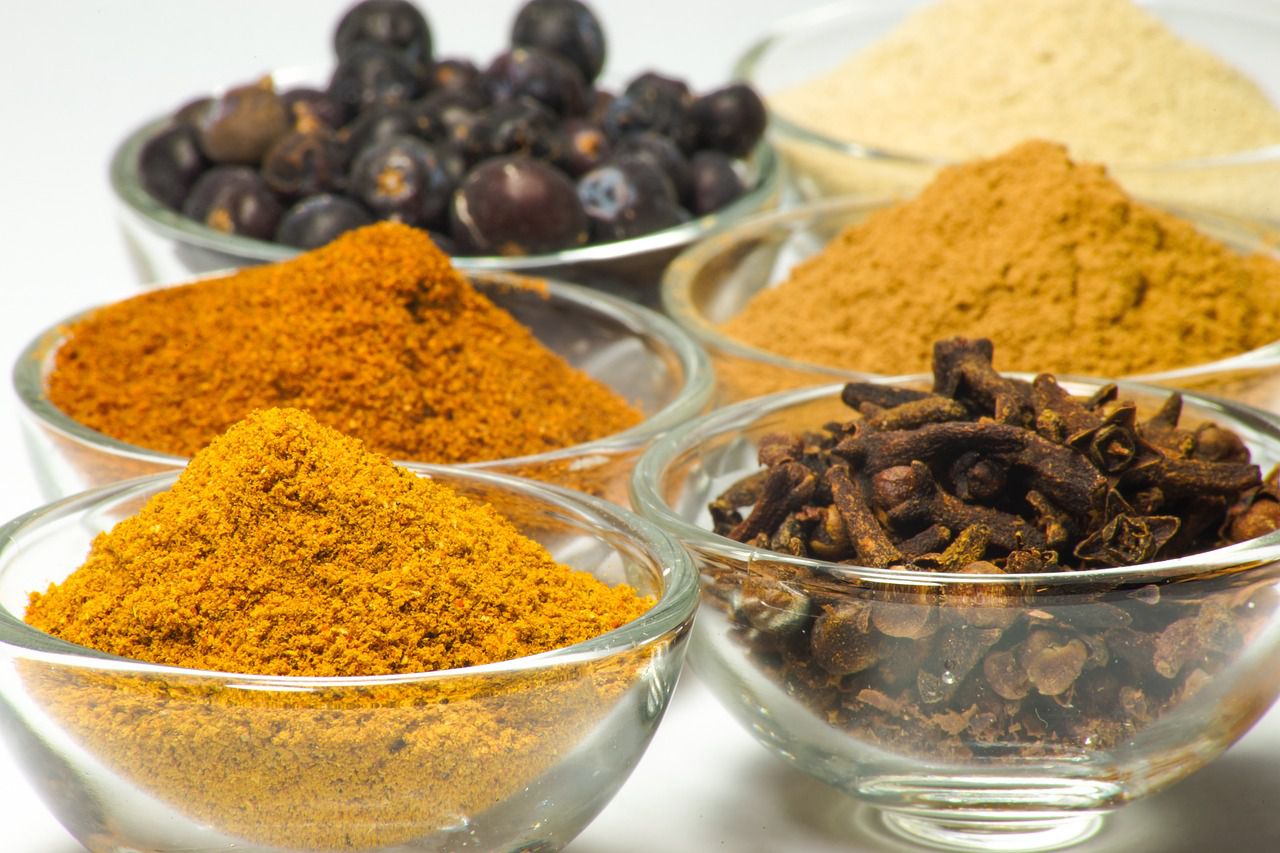Why spices used to be so expensive: Learn more about your foods
You've probably heard that spices used to be extremely expensive in the past - they used to value more than gold sometimes.
But how can something so simple be so expensive?
Let's find out more!
Scarcity and Limited Supply
Many spices were originally native to specific regions or countries, making them rare and difficult to obtain in other parts of the world.
The limited supply drove up their prices as demand increased.

Challenging Cultivation and Harvesting
Some spices require specific growing conditions and are labor-intensive to cultivate and harvest.
For example, saffron comes from the stigma of the crocus flower and must be handpicked, requiring many flowers to produce a small quantity of spice.
Long-distance Trade
Spices were often sourced from distant lands and had to be transported over long and hazardous trade routes.
The costs associated with transportation, including risks such as piracy and spoilage, contributed to their high prices.
Monopolies and Control
Throughout history, certain regions or groups established monopolies or tightly controlled the trade of specific spices.
They could dictate prices, restrict supply, and create artificial scarcity, further driving up costs.
Exotic and Desirable Status
Spices were highly valued for their unique flavors, aromas, and medicinal properties.
They were considered luxurious and desirable commodities, associated with wealth, prestige, and culinary refinement.
Their high prices reflected their status as luxury goods.

